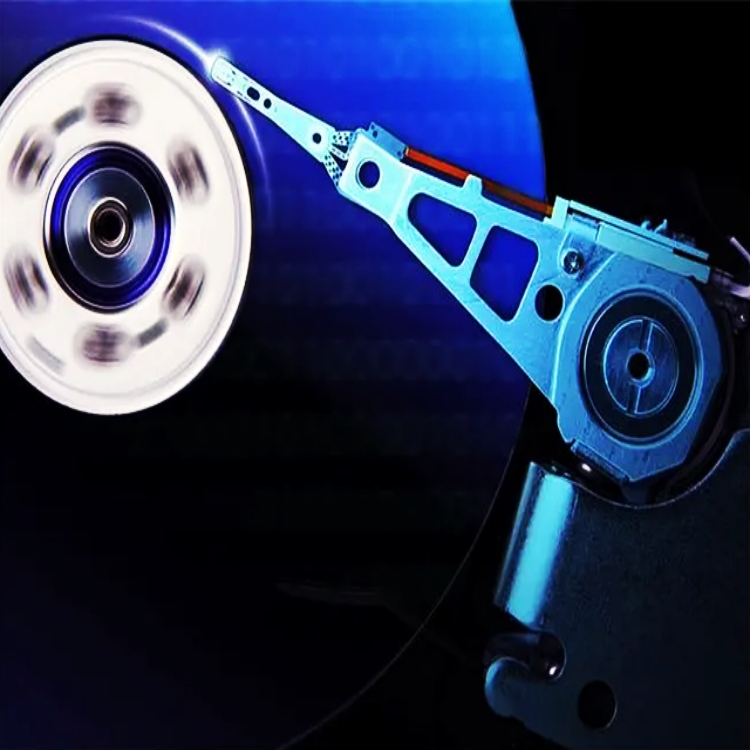 Enterprise - class disk array storage system from hard to soft analysis
May 05, 2023
Enterprise - class disk array storage system from hard to soft analysis
May 05, 2023
A disk array storage system is an enterprise-class storage solution that aims to provide high levels of data availability, reliability, and performance. In this article, we will analyze the various components of a disk array storage system from hard to soft aspects.
Hard aspects refer to the hardware components that make up the disk array system. These include:
1. Disks: The disks are the primary storage medium in a disk array system. Enterprise-class disks are designed for heavy-duty usage and are highly reliable, with a low failure rate. These disks are often constructed with advanced features such as multiple heads, advanced error correction mechanisms, and vibration dampening to ensure maximum reliability and performance.
2. Controllers: The controllers are responsible for managing the operations of the disk array system. These components handle functions such as data transfers, RAID management, and cache management. High-end controllers are equipped with redundant components such as dual CPUs, power supplies, and network interfaces to ensure maximum uptime and data availability.
3. Enclosures: The enclosures hold the disks and controllers and provide environmental stability, power, and cooling for the disks. High-end enclosures are designed for hot-swapping of disks and controllers, enabling maintenance without disrupting the data access or performance of the system.
Soft aspects refer to the software components that make up the disk array system. These include:
1. RAID Levels: RAID is a data redundancy and data distribution technology used to improve data availability, reliability, and performance. Disk array systems support various RAID levels, including RAID 0, 1, 5, 6, 10, 50, and 60. High-end disk arrays also offer advanced data protection and recovery mechanisms such as snapshot, replication, and mirroring.
2. Management Software: Disk array systems require management software to configure, monitor, and control the system. This software provides a graphical user interface, command-line interface, and APIs to manage the different components of the disk array system. High-end disk arrays also offer advanced management features such as alerts, reporting, analytics, and automated management tasks.
3. Backup and Recovery: Disk array systems require backup and recovery mechanisms to ensure data protection and recovery in case of a disaster. High-end disk arrays offer advanced backup and recovery features such as off-site replication, backup to tape, and cloud backup.
In conclusion, a disk array storage system is a complex system consisting of hardware and software components that work together to provide high levels of data availability, reliability, and performance. Enterprises need to carefully consider the hard and soft aspects of the disk array system before selecting and deploying a solution.
 Enterprise - class disk array storage system from hard to soft analysis
May 05, 2023
Enterprise - class disk array storage system from hard to soft analysis
May 05, 2023